Politics
A look back at Nepal’s democratic elections, since 1959
Nepal has conducted seven elections to parliament, including two to the Constituent Assembly. Today’s is the eighth.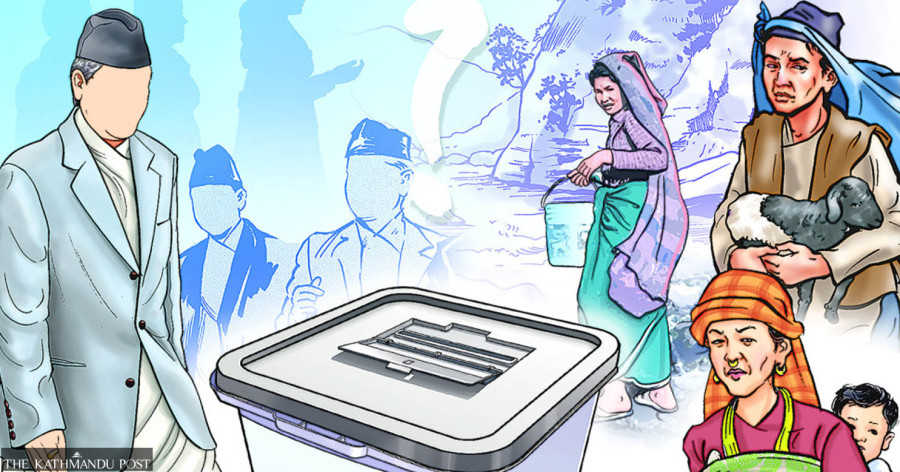
Purushottam Poudel
Since the restoration of democracy in 1990, Nepal has conducted six parliamentary elections with the goal of formulating laws and forming the government at the centre. Today’s is the eighth, including the first held in 1959.
Eighteen months after the first general elections, King Mahendra staged a coup in 1960 to dissolve Parliament, and sacked the elected prime minister. He subsequently instituted the partyless Panchayat system that lasted 30 years. In the new democratic dispensation, political parties formed their government on the basis of the second parliamentary elections in 1991.
Girija Parsad Koirala of the Nepali Congress led a majority government but it couldn’t complete its term due to intra-party feuds. As a result, Nepal held its first mid-term elections in 1994.
After the next House of Representatives elections in 1999, periodic elections could not be held due to an armed insurgency waged by the Maoists.
Amid growing schism within the political parties, then-king Gyanendra Shah staged a coup, sacked the prime minister, assumed executive powers and headed the government himself, suspending some of the articles of the democratic constitution of 1990.
In 2006, the seven political parties launched an agitation against the king's direct rule. The then underground Maoist party joined forces with the mainstream parties and their revolution saw a turning point. Their joint movement not only forced Gyanendra out of power but also ended the 240-year-old monarchical system in 2008 and led to the establishment of a secular republic.

To address the demands of the popular movement, Gyanendra had announced the reinstatement of Parliament. The political parties, including the Maoist party that participated in the reinstated House, in 2007 drafted an interim constitution and elected the Constituent Assembly.
In the first Assembly elected in 2008, the Maoists emerged as the largest party while traditional forces Congress and the CPN-UML held the second and third positions, respectively. The first sitting of the Constituent Assembly formalised the interim parliament’s decision to overthrow the monarchical regime and declared Nepal a secular republic.
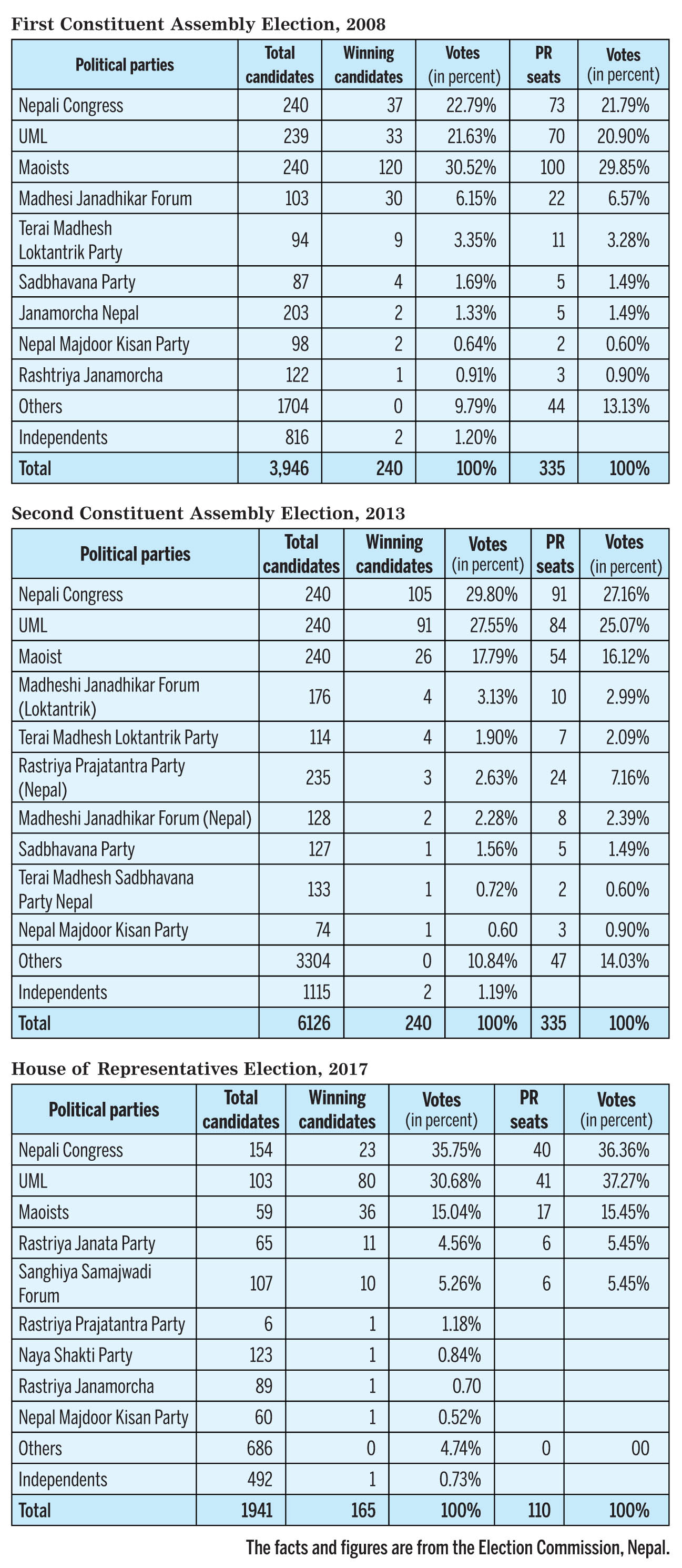
The first CA, however, was unable to deliver a constitution.
After years of bickering over the failure to write a constitution, the political parties eventually agreed to hold an election to the second Constituent Assembly, under a government led by then-chief justice Khilraj Regmi in 2013.
In the second Assembly, the Congress became the largest party, the UML the second, while the Maoists were relegated to the third position.
The Congress formed the government led by its president Sushil Koirala with the UML becoming a key coalition partner.
Finally, the second CA promulgated the country’s first federal constitution, two years after its election.
The first election for the House of Representatives was held under the federal constitution in 2017. Now, the country is all set to elect the second parliament under the federal constitution.




 18.12°C Kathmandu
18.12°C Kathmandu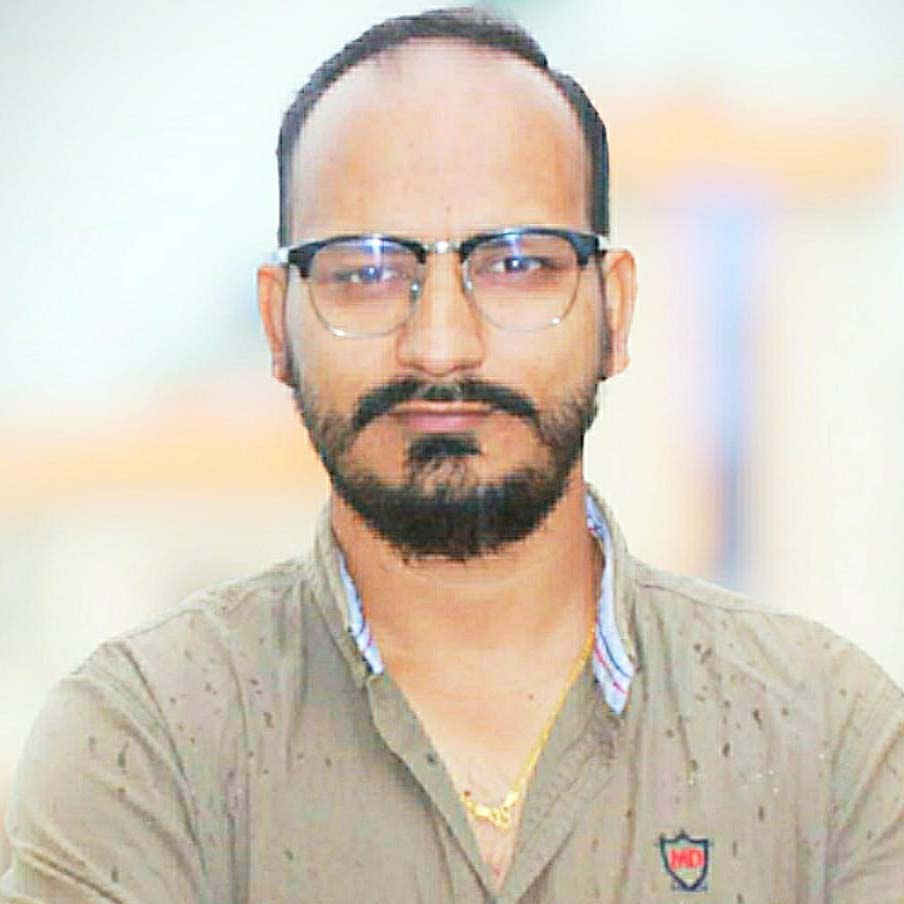



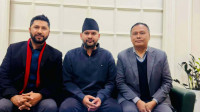





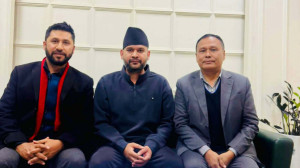



%20(1).jpg&w=300&height=200)

